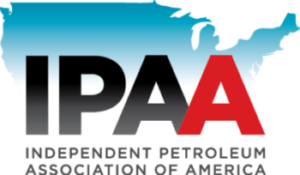Oct 1, 2015 U.S. Independent Producers: Federal Ozone Standard is All Costs, No Benefits
WASHINGTON, D.C. – Today, Independent Petroleum Association of America (IPAA) Executive Vice President Lee Fuller released the following statement in response to the U.S. Environmental Protection Agency (EPA) tightening federal standards for ground-level ozone levels, which could impose hundreds of millions of dollars in additional costs on American businesses:
“Make no mistake, lowering the ozone standard is not going to provide new health benefits, according to the EPA’s own analysis,” said Fuller. “Those who are calling for a lower standard are ignoring EPA’s own analysis, which concludes that the most populated ‘nonattainment’ areas of the country will fail to meet the new standard. The EPA should develop cost-effective programs for these enduring nonattainment areas, instead of continuing the fiction that their citizens can expect attainment of this new standard. For those new areas of the country that would come under the new standard, EPA determined that they would meet it using national regulations. But as a result of setting this new standard, citizens and businesses operating in these communities across the country will be subject to burdensome, costly, and unnecessary additional regulatory requirements for no significant health benefits.”
IPAA voiced its concerns to the U.S. Environmental Protection Agency in August 2014, during EPA’s comment period on air pollution, and again last week in a meeting with the White House Office of Information and Regulatory Affairs.
About the Independent Petroleum Association of America
The Independent Petroleum Association of America (IPAA) is the leading, national upstream trade association representing thousands of independent oil and natural gas producers and service companies across the United States. Independent producers develop 95 percent of the nation’s oil and natural gas wells. These companies account for 54 percent of America’s oil production, 85 percent of its natural gas production, and support over 2.1 million American jobs.








